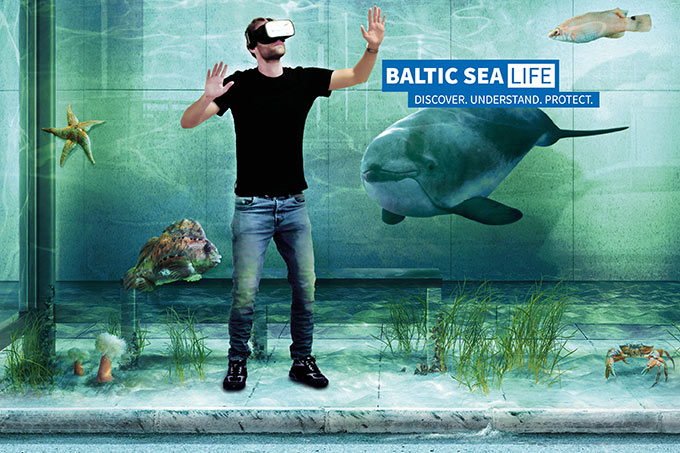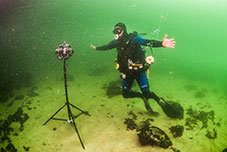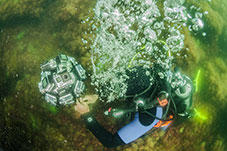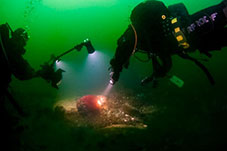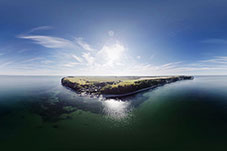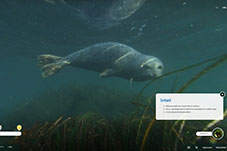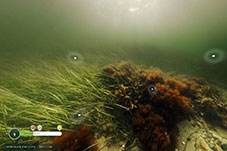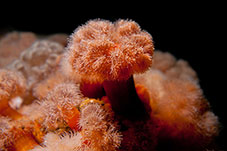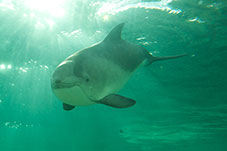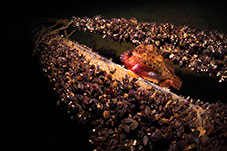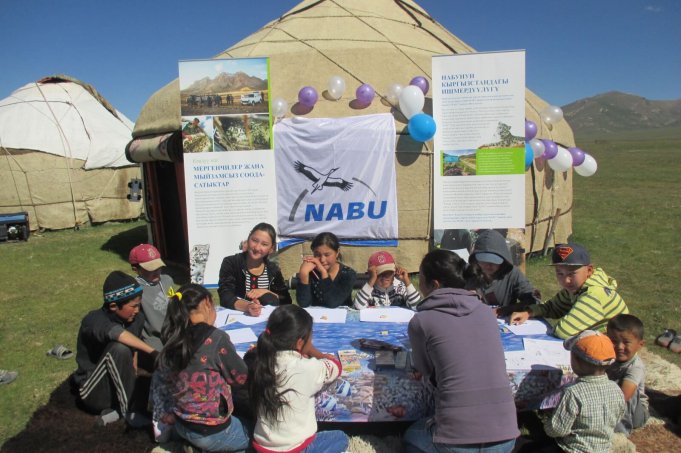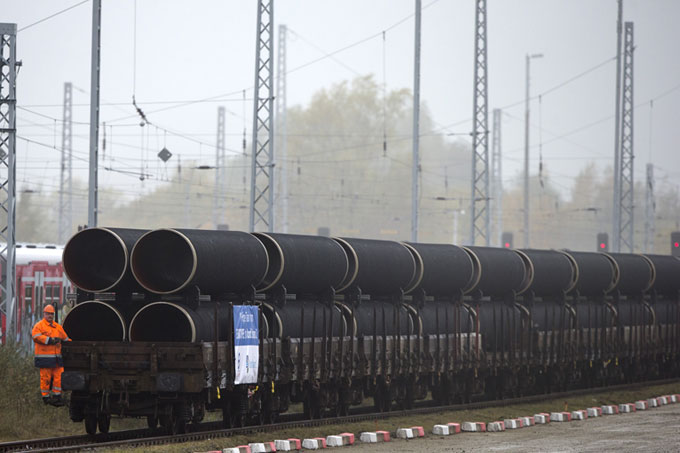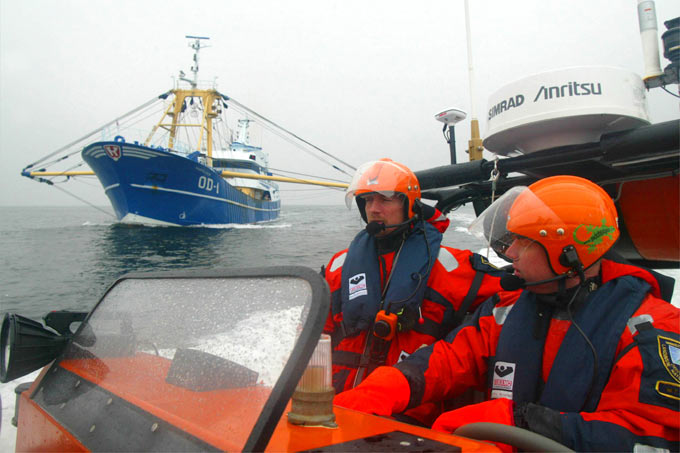Baltic SeaLIFE: Discover. Understand. Protect.
Join us for the first virtual dive into the Baltic Sea
The Baltic Sea is a very special marine environment – a fascinating world that features both fresh and saltwater systems. Dive down with us to the mysterious underwater world and experience its diversity and fragility.
Start your underwater journeyRight on our doorstep, the Baltic Sea offers a wide range of different habitats: Seegrass beds alternate with sandbanks, species-rich stone reefs and mysterious ship wrecks – home to harbour porpoises, grey seals, pipefish and plumose anemones. Now, everybody can explore the fascinating underwater life without scuba-diving gear, simply at home or en route.
Baltic SeaLIFE (launched as OstseeLIFE in September 2018) is the first browser-based virtual underwater reality using the “Authentic VR” technology. Users navigate through five different habitats, exploring more than 40 Baltic species by eye-tracking. Basic VR devices can be purchased in our NABU online shop. Alternatively, you can explore the Baltic Sea on your desktop computer, tablet or smartphone.
Instead of creating an artificial environment, we decided to specifically shoot 360-degree-videos of the Baltic Sea. It took the filmmakers of production company Kubikfoto two weeks and 25 dives to capture six habitats – among them the chalk reefs of island Rügen, millions of years old, and shipwrecks on the bottom of the sea, providing a home for codfish and conger eel.
Motivation and biodiversity
The Baltic Sea is one of Germany’s top summer destinations, but it provides more than beach life and swimming pleasure. It is the home of more than 2,700 marine species. What most people don’t know: About one third of these species are endangered, according to current red lists. NABU intends to raise awareness and protect the Baltic Sea biodiversity, for you and for future generations. Together, we can make a difference.
Join us and share your experience!
Anthropogenic pressures
For generations, coastal and marine ecosystems have been subjected to pressures associated with a variety of human activities. The high intensity and the nature of exploitation today pose severe threats to the biodiversity in the Baltic Sea. Among the biggest threats:
- Fishery: Today, more than 90 percent of commercial fish stocks are overfished or brought to their biological limits. Hundreds of thousands of seabirds and marine mammals drown every year as unwanted by-catch in gillnets. At least 50 percent of marine conservation areas must be free from fishing and other extractive uses. read more (in German)
- Plastic pollution: Every year up to 13 million tons of plastic waste end up in the world’s oceans from land-based sources alone. An average of 70 pieces can be found on every 100 metre stretch of beach by the Baltic Sea – and almost 90 percent of it is made of plastic. Oceans must be better protected from littering. We have to reduce packaging, make products durable and producers more responsible. read more (in German)
- Eutrophication: High nutrient input into the sea (especially nitrogen and phosphate) is considered the biggest environmental problem in the Baltic Sea. This is mainly caused by the excessive use of liquid manure and fertilisers. In recent decades, the extent of the so-called dead zones has increased tenfold in the Baltic Sea to 60,000 square kilometres. read more (in German)
- Shipping traffic: 95 percent of global freight traffic is handled at sea. Tens of thousands of tankers, container ships and cruise liners sail the oceans. Unlike on land, their air emissions are subject to less stringent regulations. They also cause harmful noise emissions. Each decade over the last 60 years, increased shipping traffic has led to the doubling of noise pollution at sea. read more (in German)
More Information
One of the most important problems of our time is human interaction with nature. An essential aspect in solving the problem of conservation of natural resources is the education of people about ecological matters, especially the younger generation. more →
The ecology of the Baltic Sea is in bad shape, as typical habitats are under threat or have already completely disappeared. According to the current plans, Nord Stream 2 will pass through five protected areas, despite there being no urgent need for an increased gas supply. more →
Since its introduction in 1983, the Common Fisheries Policy (CFP) of the European Union (EU) has neither been successful in regulating fishing nor ending constant overfishing. more →
An ecosystem is a complex of living organisms. NABU focuses on restoring ecosystems to their original state and important regulatory functions such as carbon sequestration. Ideally, by creating conditions in which the ecosystem can recover on its own. more →

